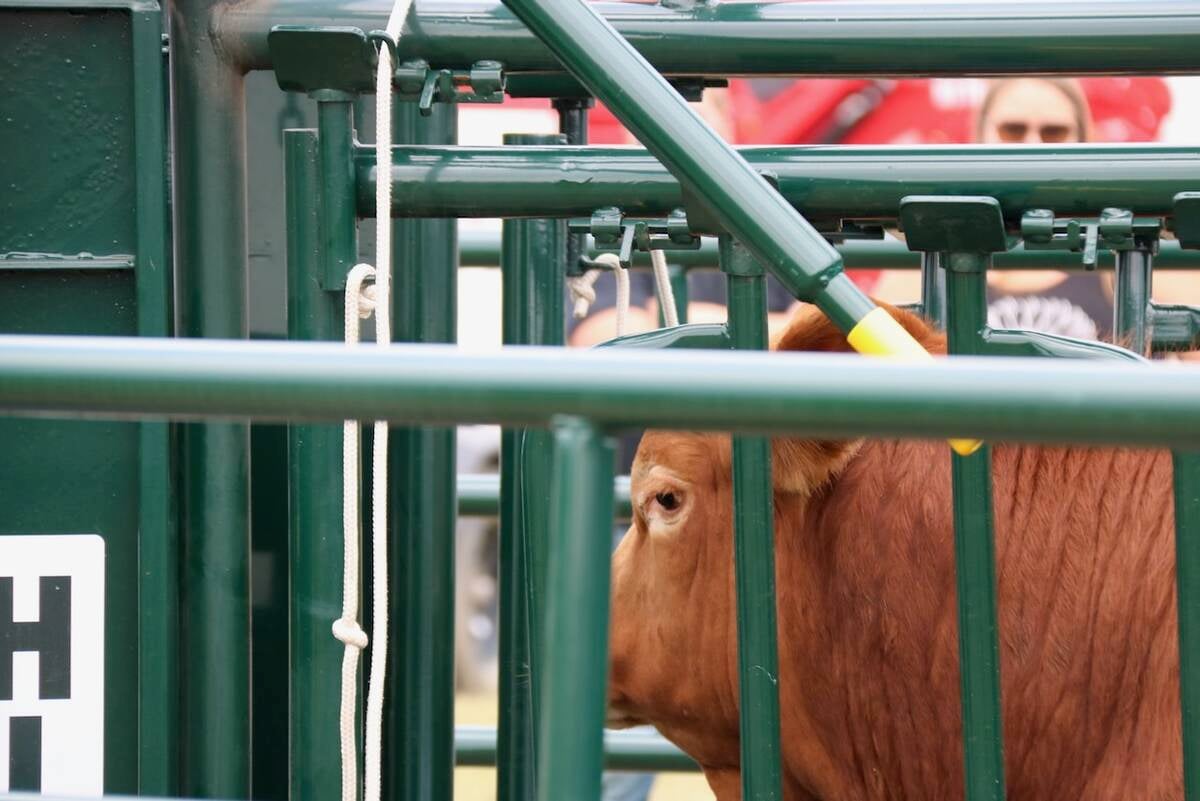BIG SKY, Mont. — Mycoplasma may be rearing its ugly head again in bison herds.
The bacteria-like organism was responsible for a significant number of bison deaths during a 2010-12 study and now it may have mutated to attack in animals in a different way.
Dr. Pat Burrage, a veterinarian with Bluffton Veterinary Services, told those at the International Bison Conference July 5 that mycoplasma seems to be affecting the upper airways of bison, rather than primarily the lungs as it has in the past.
However, it has appeared in a limited number of cases so far, in Burrage’s experience, so its direction remains to be seen.
Read Also

Good handling equipment a must on cattle operations
It’s important for the safety of producers and everyone else dealing with their stock that handling equipment is functional and safe.
“We seem to have something come along that wants to sneak up on us and this mycoplasma is one of them. We have nothing to treat it,” said Burrage.
In the previous study of bison deaths, losses were 20 to 30 percent when mycoplasma invaded a herd. In most cases, attacks to the lung were evident.
Five years later, “it appears that very little lung now is involved and now we’re infecting these lymph nodes that surround that upper airway.”
Burrage speculated that natural immunity is created in a herd after a major outbreak and it takes four or five years to create a new, naïve set of animals that might be susceptible.
Mycoplasma does not respond to antibiotics, and avoidance is the only strategy, Burrage said. That requires care when buying animals and introducing them to a herd.
“It’s out there. We did get a little complacent because we hadn’t seen it, but it is starting to come back, so in the feeding industry, there’s a challenge for us. How do we minimize the risk? We know what it is. We know where it is…. We just don’t know why. Risk is where we’re at.”
Dr. Murray Woodbury of the University of Saskatchewan’s Western College of Veterinary Medicine has studied mycoplasma bovis in cattle and bison. In a published paper on the illness, he noted “there are large knowledge gaps in the subject of M. bovis infections in cattle and even less is known about this organism and its relationship to bison.…
“Research into suitable, bison-specific diagnostic and screening tests for bison is needed.… The bison industry needs evidence-based treatment and prevention strategies to deal with extremely expensive outbreaks showing high morbidity and high mortality rates.
“Mycoplasma infection could be the most important newly emerging disease the bison industry has ever had to deal with.”















